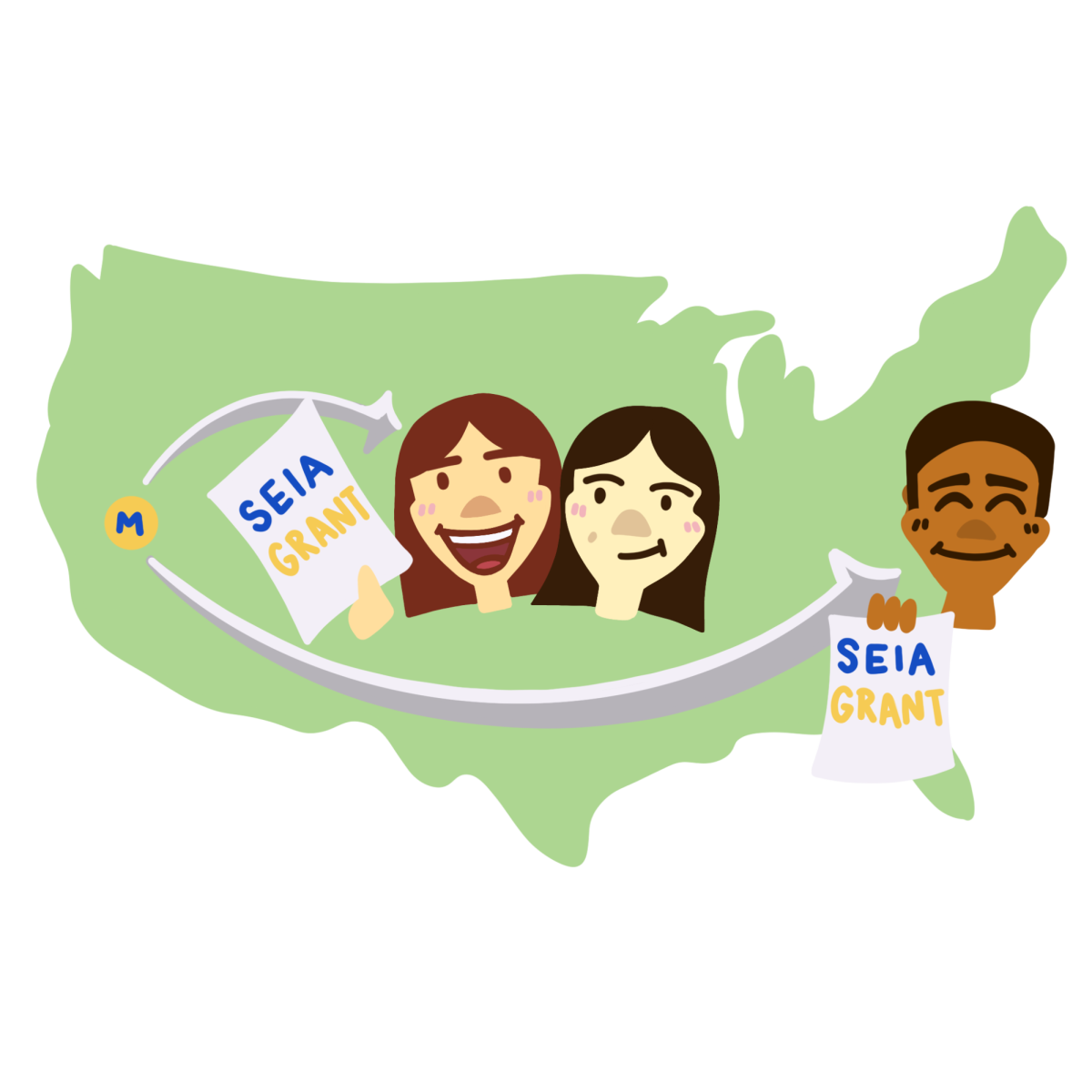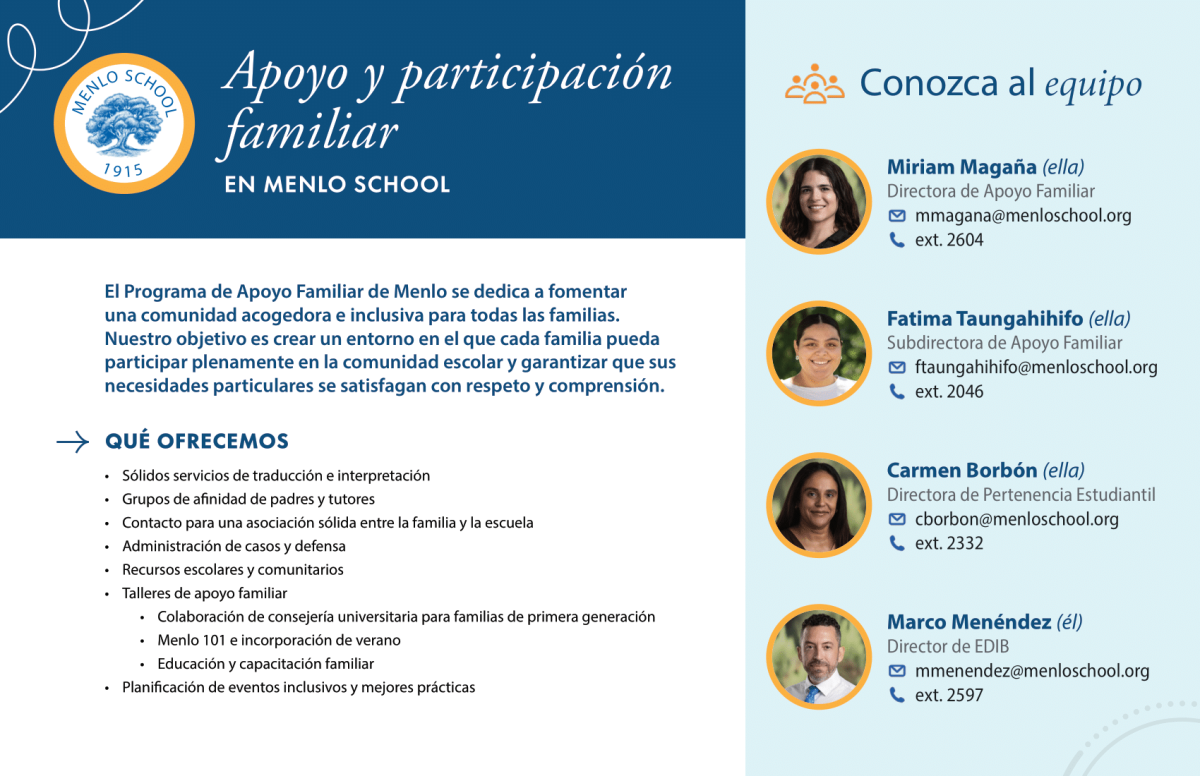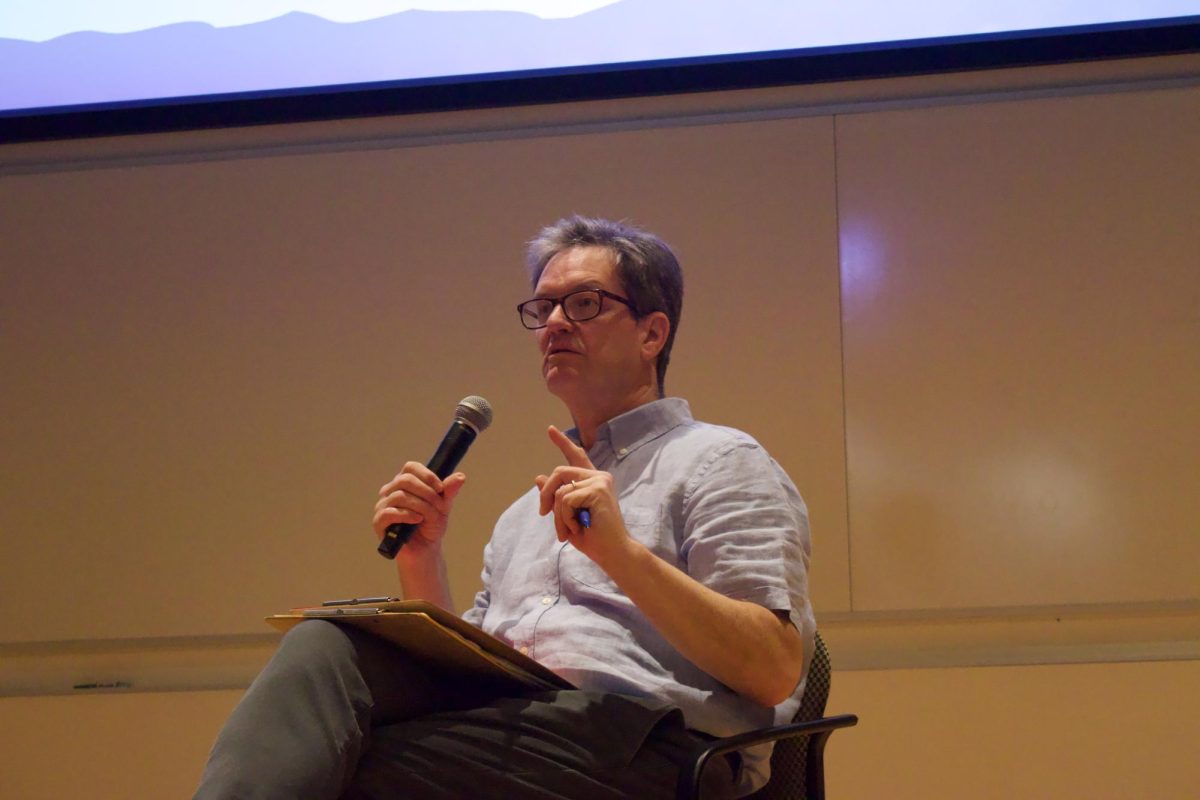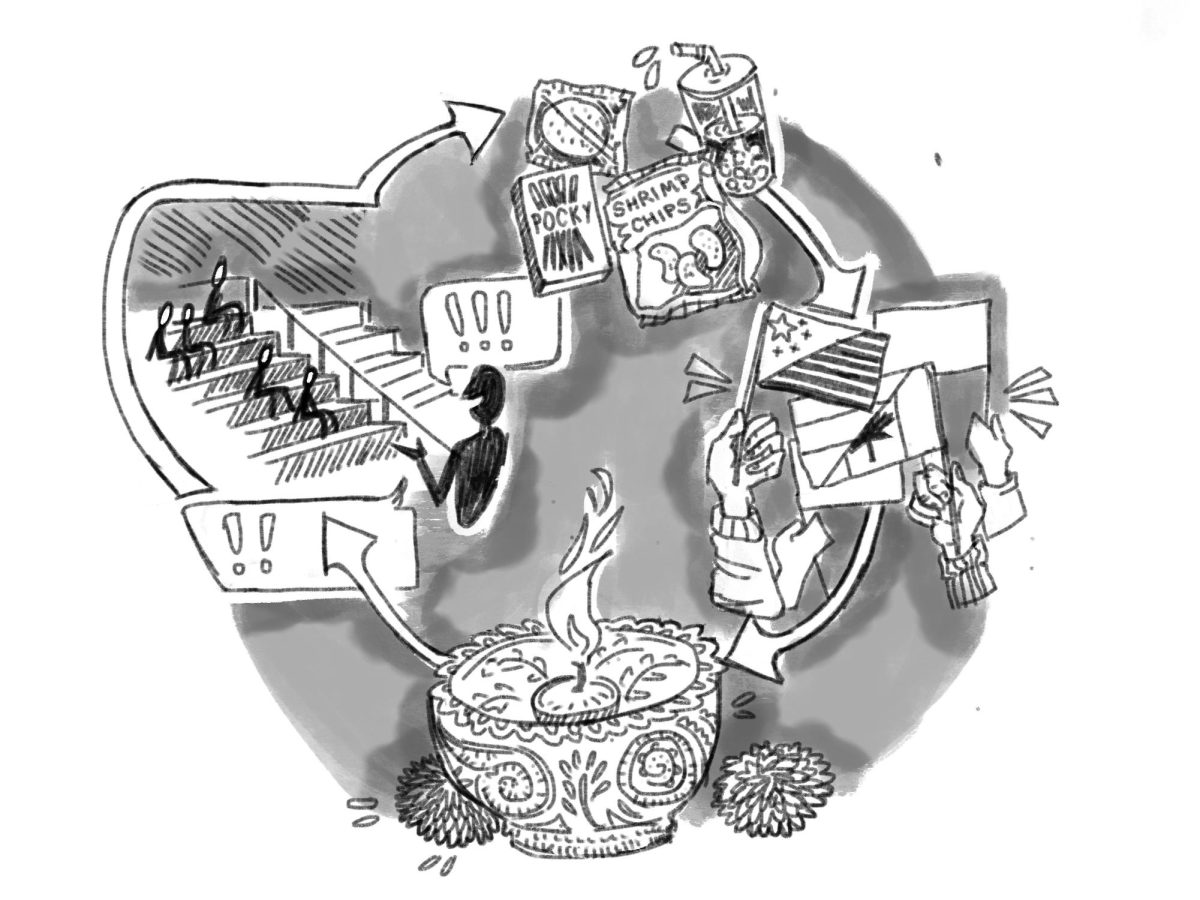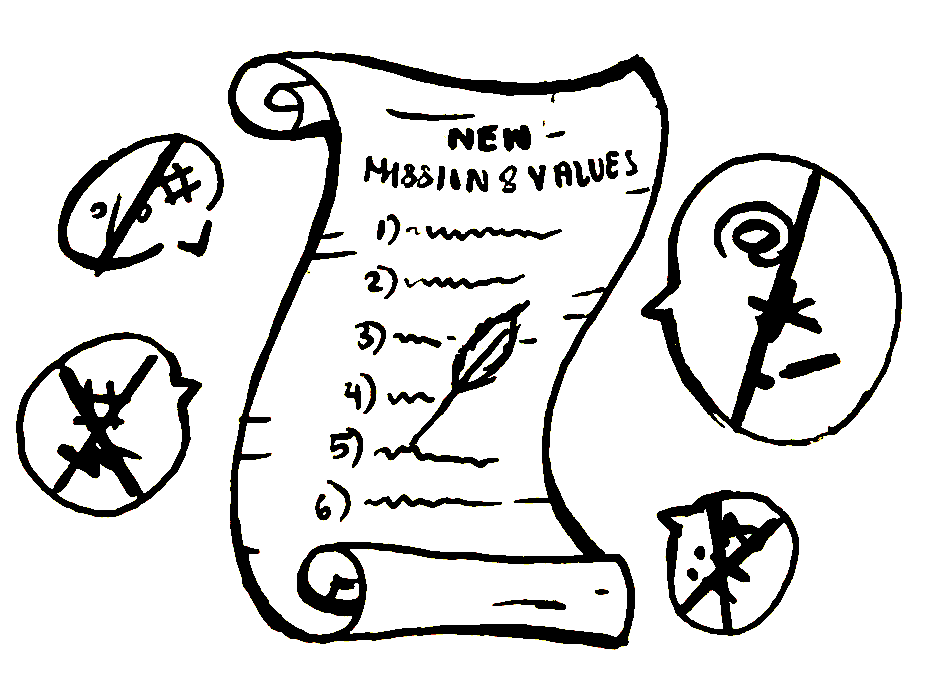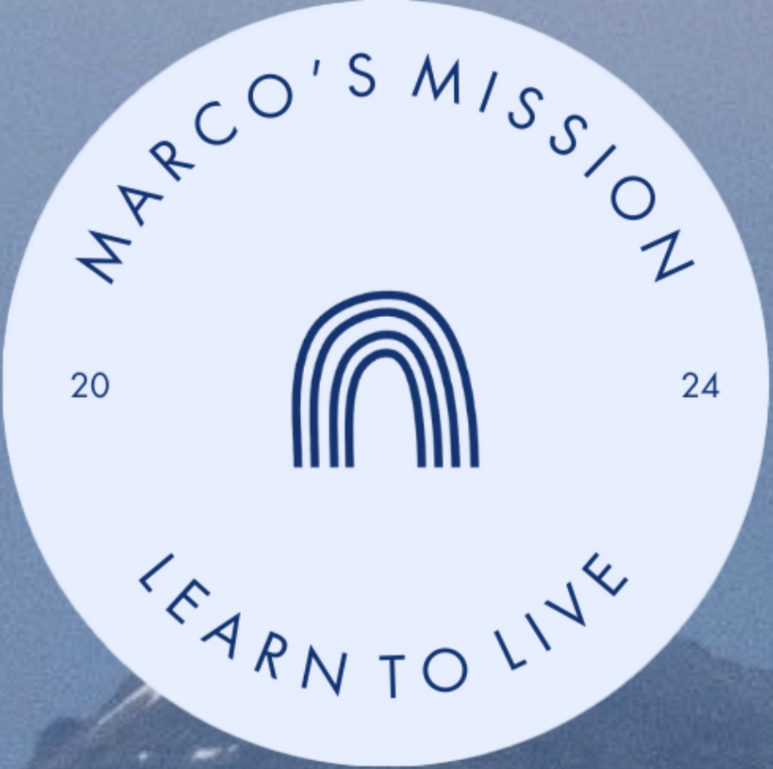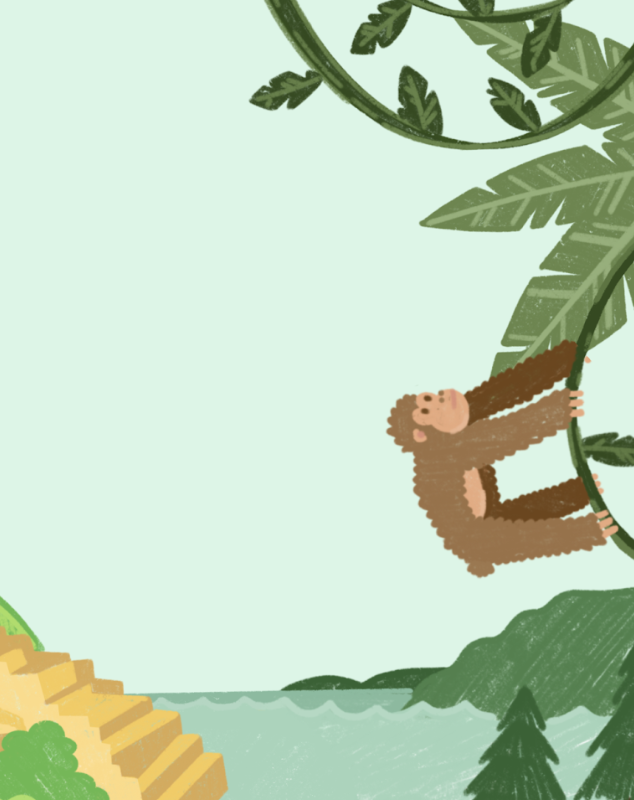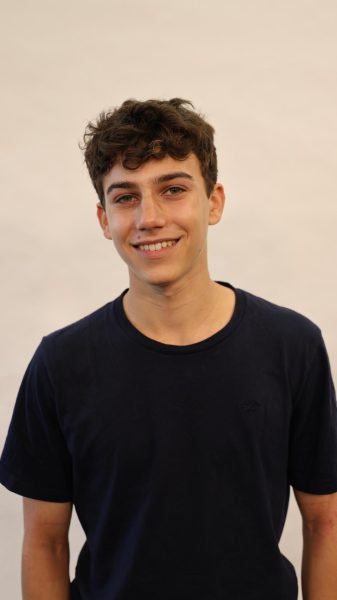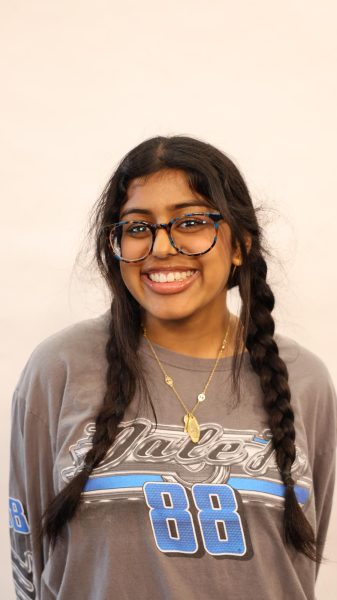This year, Menlo expanded on its summer grant program, offering a new scholarship for student research called Social Entrepreneurship in Action. According to Community Engagement Coordinator Ava Petrash, SEIA developed after a Menlo family approached the school about funding grants for student opportunities focused on developing and implementing solutions to social, cultural or environmental issues.
“[The family] wanted to support students who were interested in pursuing social entrepreneurship in various forms, and who might not necessarily be able to dedicate time to it without an additional financial resource,” Petrash said. “I think the idea of social entrepreneurship is trying to find novel, unique, new, interesting ways to address social problems that are embedded or recalcitrant in our society,” she added.
For years, Menlo has partnered with the HAND Foundation to enable student summer opportunities in the U.S. or abroad. Students who apply and are selected can be funded up to $4,000 to undertake an in-depth investigation in scholarly research.
Petrash said that while the SEIA grant program was designed to have a similar process and structure to the HAND grant program, SEIA grant projects are for scholarships within the U.S. Between the two, there is now upwards of $12,000 in total available funding, as opposed to half that in previous years.
According to Petrash, there were around 20 applications submitted for the HAND grant and 20 for the SEIA grant this year. Because it was the first year, Petrash oversaw all of the students who applied for the SEIA grant. “I was just wowed by my conversations with people who applied for the SEIA grants,” she said. “I mean, [the proposals] were really high quality, and I think [these projects] are such a great example of just the creative and innovative ideas that Menlo students have.”
In 2023, there were roughly 30 applications for the HAND grant, yet only three were able to be funded. “[Last year] I felt like there were so many great [HAND grant] applications, [but] we just didn’t have enough funding to give,” Petrash explained. “Part of the hope behind adding the SEIA was that we can now fund even more ideas.”
The HAND and SEIA grants are open to sophomores and juniors — working individually or in pairs. The application and grant process has three steps. First, statements of interests, tentative proposals, and intentions to apply for funding are due in mid January. Then, each student or pairing works with a faculty member, who serves as a mentor for the student’s final application, which is due in early March.
Finally, a committee made of Menlo teachers reviews the applications, making decisions on which applicants will receive grants. where to allot the funding. The introduction of the SEIA grant allowed the school to fund eight projects this year. Three grants were made through the HAND grant, while five were courtesy of the SEIA grant.
“I was actually pretty excited that we were able to fund five [projects with the SEIA grant],” Petrash said. “That to me felt like a really good number and was more than I actually would expect we would be able to.”
In total, two of the eight grants went to a pair of students working together, meaning that ten students will participate across the programs this summer. Junior Jacqueline Larsen is one of the students who was awarded an SEIA grant. “The HAND grant interested me but it just seemed like a lot to go to a different country,” she said. “So I thought the SEIA grant was perfect, because it wasn’t as extreme as the HAND grant but I also got the opportunity to do my own work with it and explore what I am really passionate about.”
Over the summer, Larsen plans to use her funding to work with a local nonprofit to help underprivileged students get the support they need. Larsen has been tutoring for several years but feels that it can only help students to a certain extent and that they need guidance, motivation and a few essential skills to be successful in school. “I am going to teach them things like how to organize their time, how to self advocate or even just how to study for a test,” she said.
Grateful for the opportunity, Larsen is looking forward to making an impact and potentially expanding the curriculum she’s created to other nonprofits or schools. “I had a lot of ideas, but this grant actually helped me put them into action, which I think is really great,” Larsen said.
Junior HAND grant recipients Navya Nandani and Rhea Nandal — both passionate about mental health issues — will be traveling to India in June to study farmer suicides. The project consists of consulting government officials in Delhi and staying at a farm in North India “I think we’ll hopefully learn a lot and come away with a new perspective,” Nandani said. “It’s one thing to research an issue, but I think it’s a whole different thing to actually see it.”


